Filter News
Area of Research
News Topics
- (-) Biology (3)
- (-) Machine Learning (3)
- 3-D Printing/Advanced Manufacturing (23)
- Advanced Reactors (1)
- Artificial Intelligence (2)
- Big Data (5)
- Bioenergy (2)
- Biomedical (5)
- Biotechnology (1)
- Buildings (13)
- Chemical Sciences (2)
- Clean Water (4)
- Climate Change (7)
- Composites (9)
- Computer Science (23)
- Coronavirus (4)
- Critical Materials (7)
- Decarbonization (4)
- Energy Storage (22)
- Environment (17)
- Exascale Computing (1)
- Frontier (1)
- Fusion (1)
- Grid (15)
- High-Performance Computing (3)
- Hydropower (2)
- Materials (13)
- Materials Science (10)
- Mathematics (1)
- Mercury (1)
- Microscopy (2)
- Nanotechnology (2)
- Net Zero (1)
- Nuclear Energy (2)
- Polymers (7)
- Quantum Computing (4)
- Quantum Science (3)
- Simulation (2)
- Space Exploration (3)
- Statistics (1)
- Summit (6)
- Sustainable Energy (28)
- Transportation (26)
Media Contacts
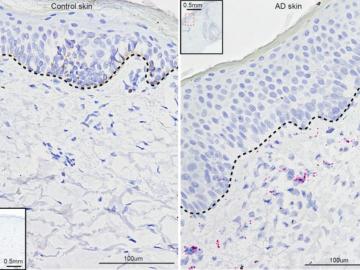
University of Pennsylvania researchers called on computational systems biology expertise at Oak Ridge National Laboratory to analyze large datasets of single-cell RNA sequencing from skin samples afflicted with atopic dermatitis.
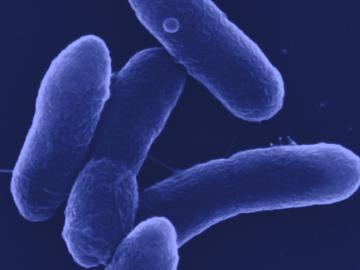
A research team led by Oak Ridge National Laboratory bioengineered a microbe to efficiently turn waste into itaconic acid, an industrial chemical used in plastics and paints.
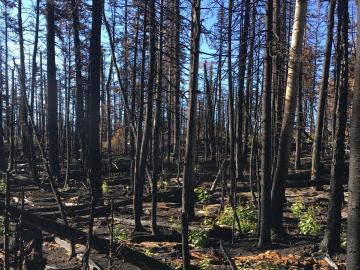
An Oak Ridge National Laboratory research team discovered that aspen saplings emerging after wildfire have less diverse microbiomes and more pathogens in their leaves, providing new insights about how fire affects ecosystem recovery.

Oak Ridge National Laboratory researchers have developed a machine learning model that could help predict the impact pandemics such as COVID-19 have on fuel demand in the United States.
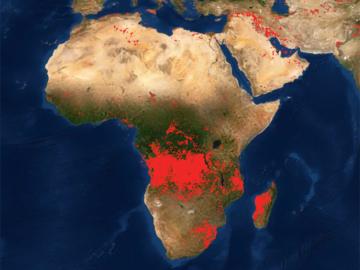
Researchers at Oak Ridge National Laboratory developed a method that uses machine learning to predict seasonal fire risk in Africa, where half of the world’s wildfire-related carbon emissions originate.
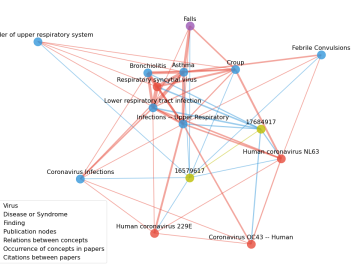
Scientists have tapped the immense power of the Summit supercomputer at Oak Ridge National Laboratory to comb through millions of medical journal articles to identify potential vaccines, drugs and effective measures that could suppress or stop the




